I’m Avery, the CEO of Candid Wholesale, a B2B platform for businesses that sell products wholesale. Using Clay transformed our sales motion from a time intensive, manual, and error-prone process to a fast and streamlined process that took much less SDR time and training. In this post and video, I go through it step by step.
SDR work pre-Clay: hours of manual labor
At Candid, we determine whether a business is a good-fit based on their customer base, rather than their products. Our ideal customers span many industries, ranging from food to apparel, but they all sell wholesale (to other businesses), rather than solely through retail channels.
Figuring out whether a company sells wholesale, however, can be tricky. Before Clay, training our sales development representatives (SDRs) was an extremely lengthy process. Our SDRs spent hours reading through websites to find keywords and hints that pointed to whether a company was a good fit. One SDR would sometimes go through the process only to realize that the company was already a customer—or that another SDR was already in charge of that account.

SDR work post-Clay: instant and seamless
Today, our SDRs simply browse the web, drop the URLs of any candidate websites into a form, and wait for the magic to happen. Our enrichment process runs in Clay, checks whether the companies are a good fit, avoids any companies that are already in our system, pulls the best emails per company, and notifies them when everything is done. Instead of spending hours determining whether a company is a good fit, they can spend their time actually reaching out.

Our Clay enrichment process
Let’s go through how we enrich companies in Clay, starting with just a website link. We normalize the domain name, find the company name, and check if we’ve already enriched the company in Clay. We also check if the company already exists in our Postgres database. If it doesn't, the company undergoes several enrichments to get employee emails, company description, number of employees, etc., using data providers like Apollo.
Use Google and keyword scraping: We check if any page, website links, titles, or keywords on the site include “wholesale” or several other keywords. This process often unearths valuable pages that aren’t linked anywhere on a company’s site and would’ve been impossible to find manually (see below).

Check which ecommerce platform companies are using: Clay helps us scrape pages to check whether our companies are using Shopify, Squaresquare, or Woocommerce. This is another step that involved a lot of manual data entry in the past.
Find emails: We use Clearbit, Hunter, and other tools to find relevant emails at good fit companies. If these companies are already in Hubspot, we simply update the entry. Manually training people to remember this step was a big lift in the past.
Enrich emails: Once we have a list of emails at good fit companies, we enrich them in a different Clay table. We check to see if any of these individuals are already in our internal database as buyers or sellers to avoid looping them into sales channels. This would’ve been nearly impossible without Clay (SDRs don’t have access to our full database).
Email bounce checks: We check Abstract and SendGrid to check whether email addresses are likely to land. We also check if emails are “role” addresses (e.g. “support@clay.com”) to avoid emailing those.
At the end of our process, we have a beautiful list in HubSpot of each relevant company with contact emails and detailed enrichment data. When our SDRs get a Slack notification, they can browse the result of the process to read about the company, check to see that no one else owns the account, and start outbounding. Clay has made our outbounding more effective and smooth—and this video just scratches the surface.
I’m Avery, the CEO of Candid Wholesale, a B2B platform for businesses that sell products wholesale. Using Clay transformed our sales motion from a time intensive, manual, and error-prone process to a fast and streamlined process that took much less SDR time and training. In this post and video, I go through it step by step.
SDR work pre-Clay: hours of manual labor
At Candid, we determine whether a business is a good-fit based on their customer base, rather than their products. Our ideal customers span many industries, ranging from food to apparel, but they all sell wholesale (to other businesses), rather than solely through retail channels.
Figuring out whether a company sells wholesale, however, can be tricky. Before Clay, training our sales development representatives (SDRs) was an extremely lengthy process. Our SDRs spent hours reading through websites to find keywords and hints that pointed to whether a company was a good fit. One SDR would sometimes go through the process only to realize that the company was already a customer—or that another SDR was already in charge of that account.

SDR work post-Clay: instant and seamless
Today, our SDRs simply browse the web, drop the URLs of any candidate websites into a form, and wait for the magic to happen. Our enrichment process runs in Clay, checks whether the companies are a good fit, avoids any companies that are already in our system, pulls the best emails per company, and notifies them when everything is done. Instead of spending hours determining whether a company is a good fit, they can spend their time actually reaching out.

Our Clay enrichment process
Let’s go through how we enrich companies in Clay, starting with just a website link. We normalize the domain name, find the company name, and check if we’ve already enriched the company in Clay. We also check if the company already exists in our Postgres database. If it doesn't, the company undergoes several enrichments to get employee emails, company description, number of employees, etc., using data providers like Apollo.
Use Google and keyword scraping: We check if any page, website links, titles, or keywords on the site include “wholesale” or several other keywords. This process often unearths valuable pages that aren’t linked anywhere on a company’s site and would’ve been impossible to find manually (see below).

Check which ecommerce platform companies are using: Clay helps us scrape pages to check whether our companies are using Shopify, Squaresquare, or Woocommerce. This is another step that involved a lot of manual data entry in the past.
Find emails: We use Clearbit, Hunter, and other tools to find relevant emails at good fit companies. If these companies are already in Hubspot, we simply update the entry. Manually training people to remember this step was a big lift in the past.
Enrich emails: Once we have a list of emails at good fit companies, we enrich them in a different Clay table. We check to see if any of these individuals are already in our internal database as buyers or sellers to avoid looping them into sales channels. This would’ve been nearly impossible without Clay (SDRs don’t have access to our full database).
Email bounce checks: We check Abstract and SendGrid to check whether email addresses are likely to land. We also check if emails are “role” addresses (e.g. “support@clay.com”) to avoid emailing those.
At the end of our process, we have a beautiful list in HubSpot of each relevant company with contact emails and detailed enrichment data. When our SDRs get a Slack notification, they can browse the result of the process to read about the company, check to see that no one else owns the account, and start outbounding. Clay has made our outbounding more effective and smooth—and this video just scratches the surface.



















.jpg)


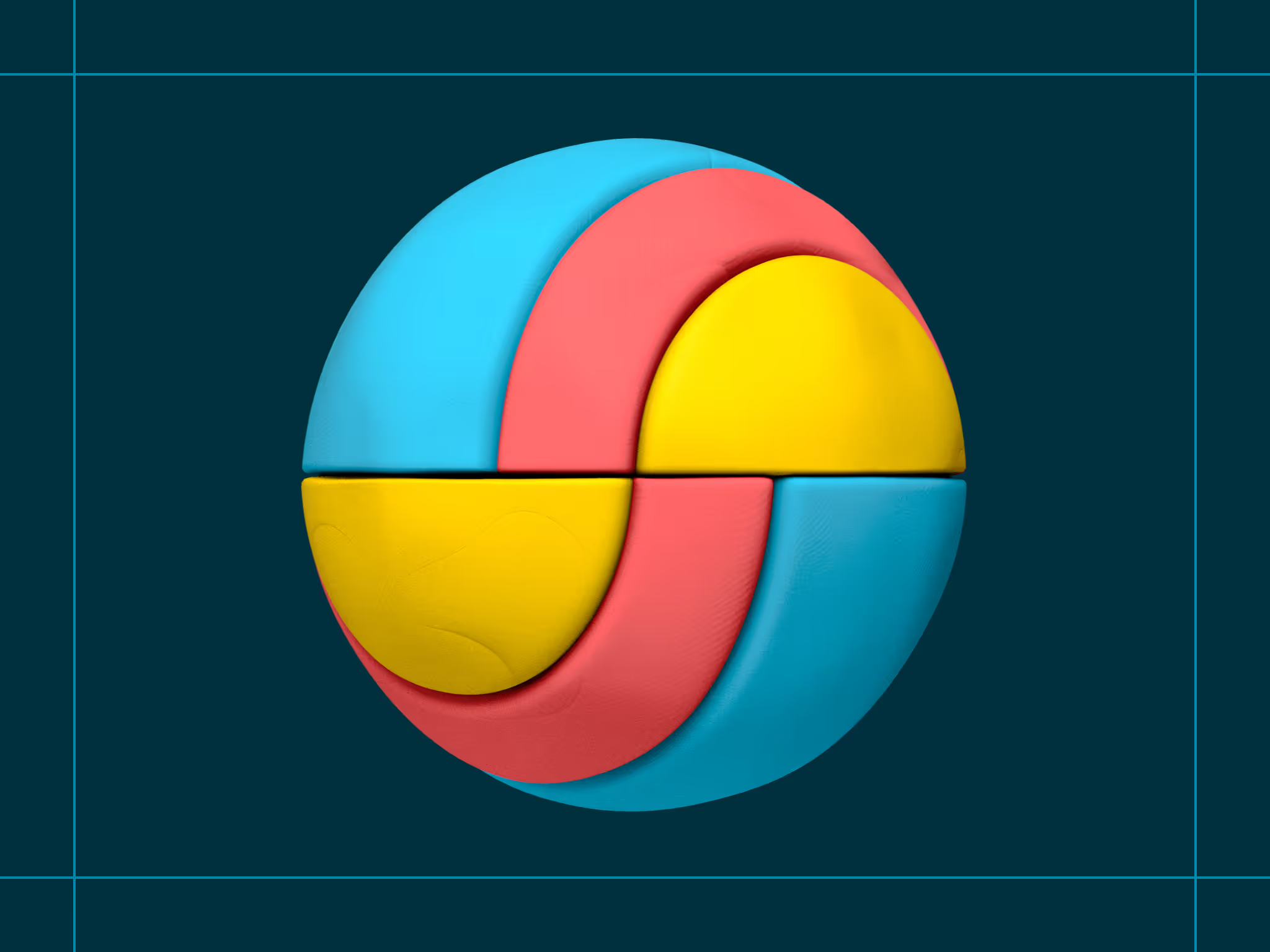
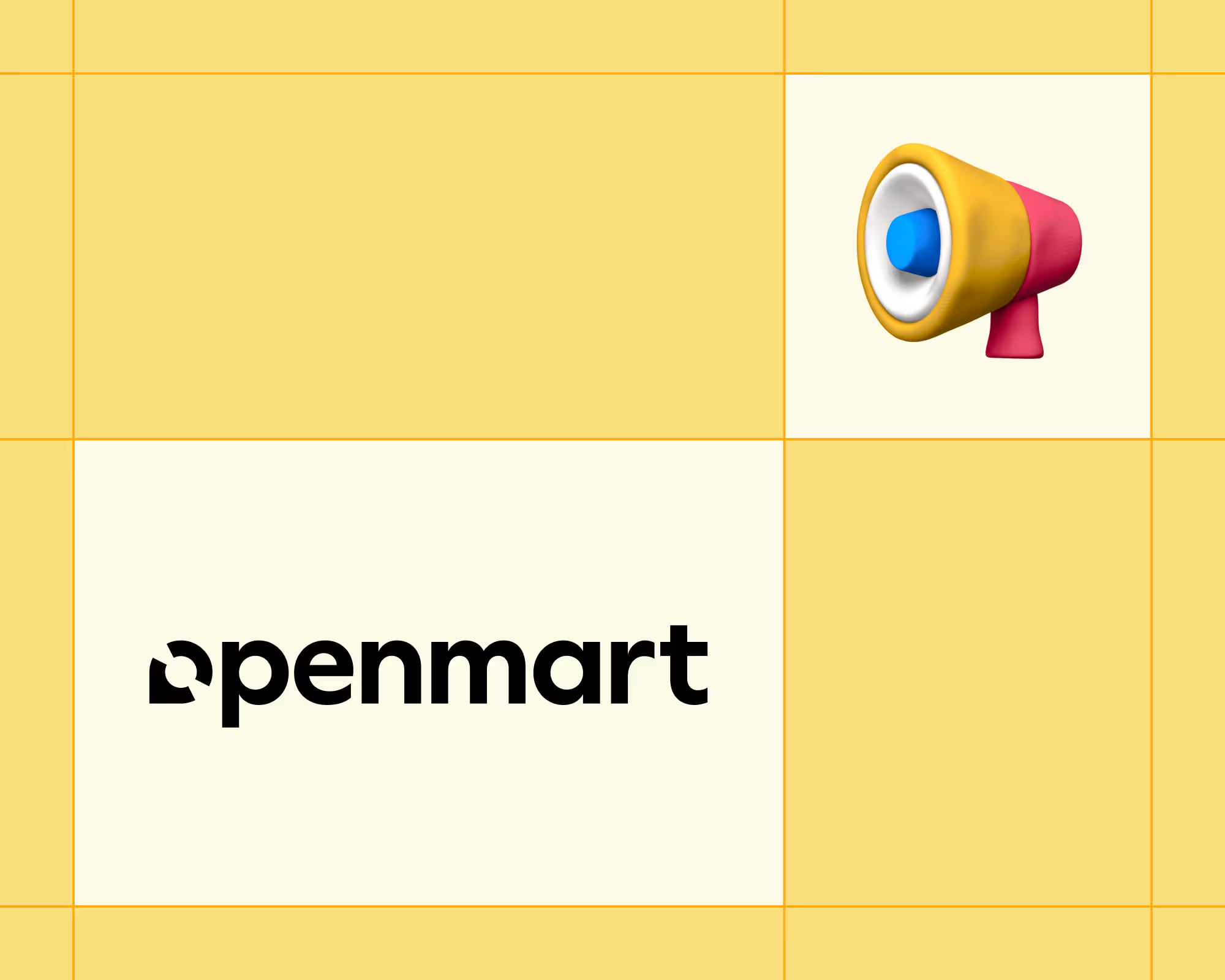
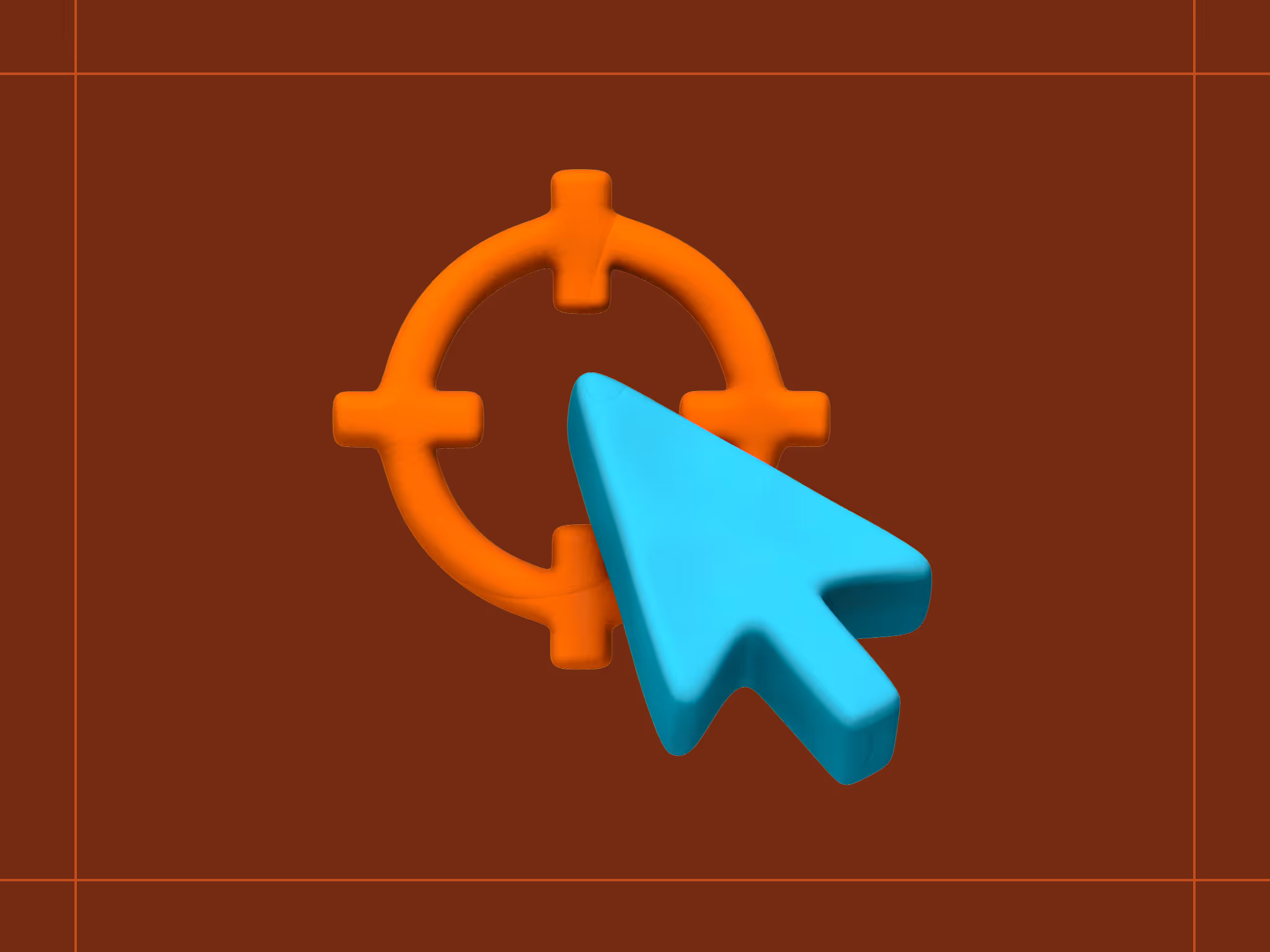
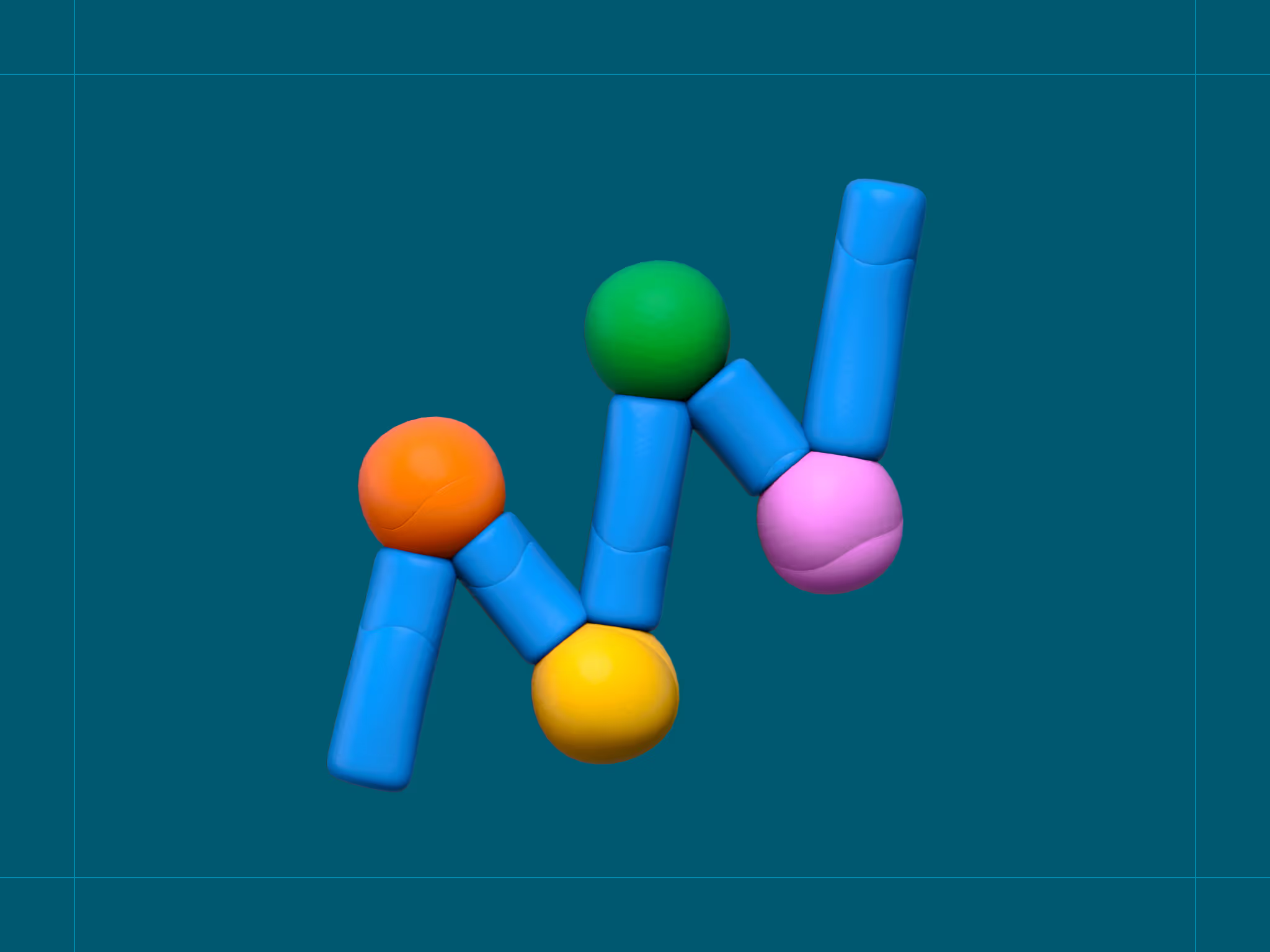
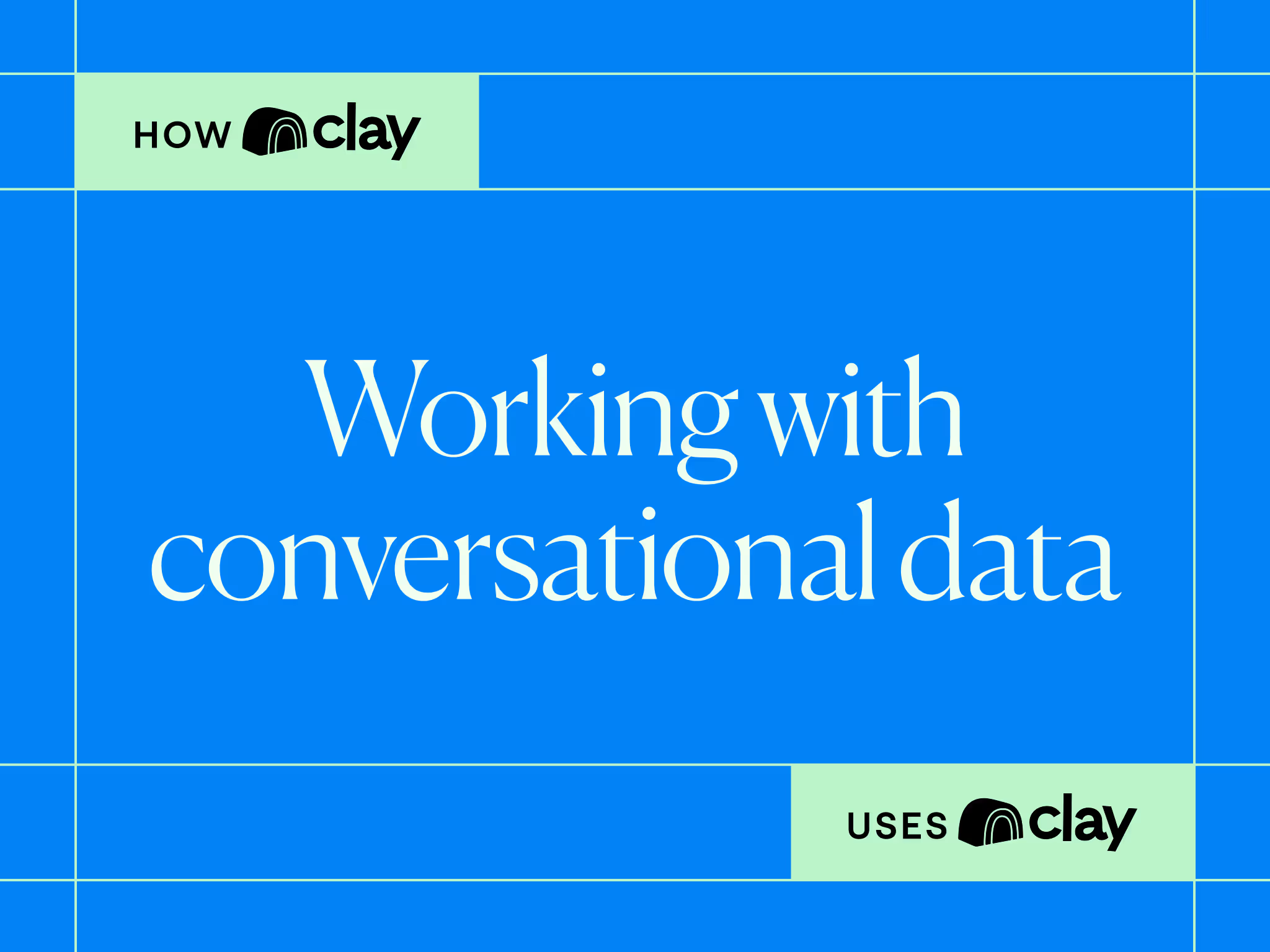
.avif)





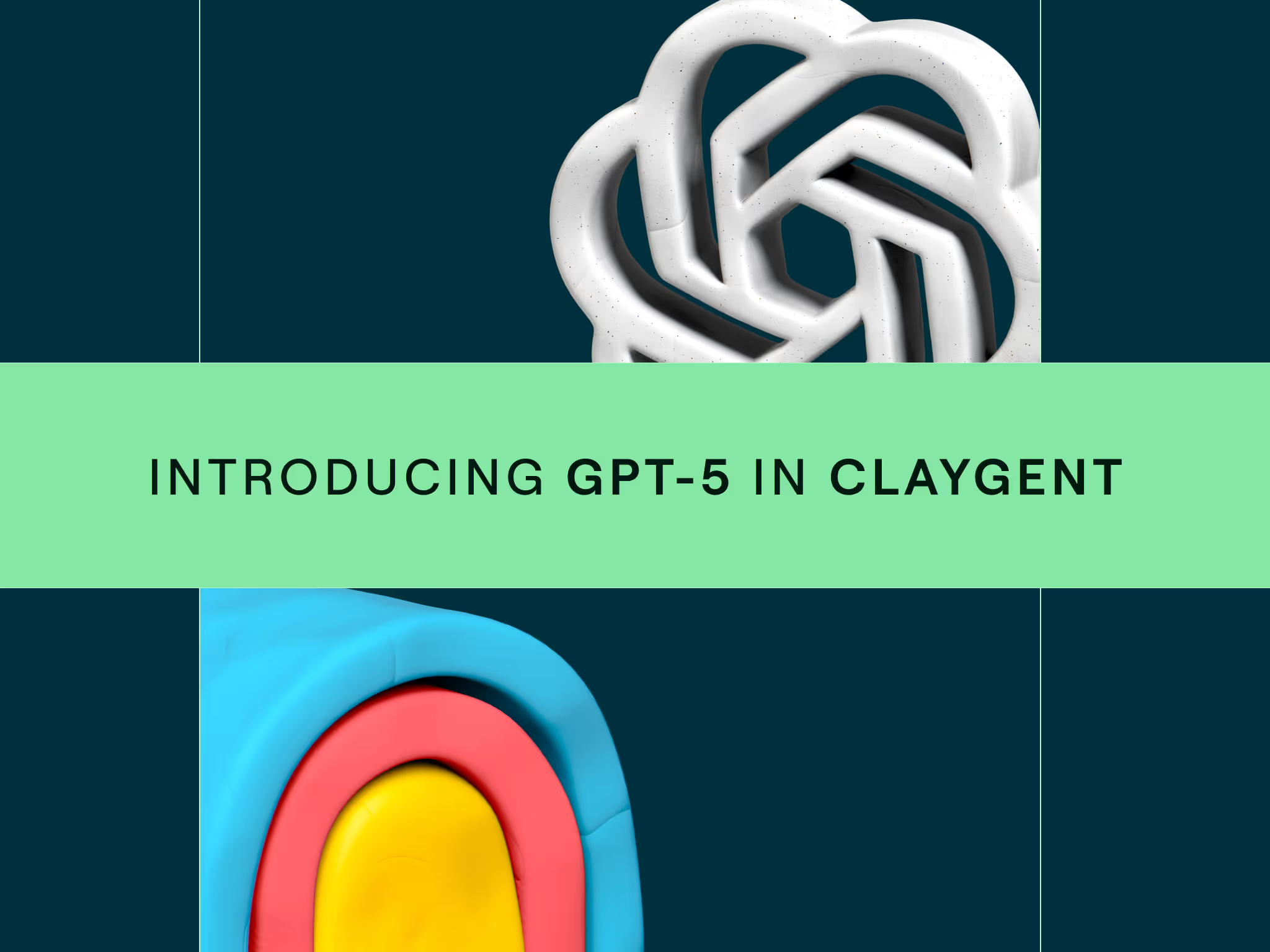
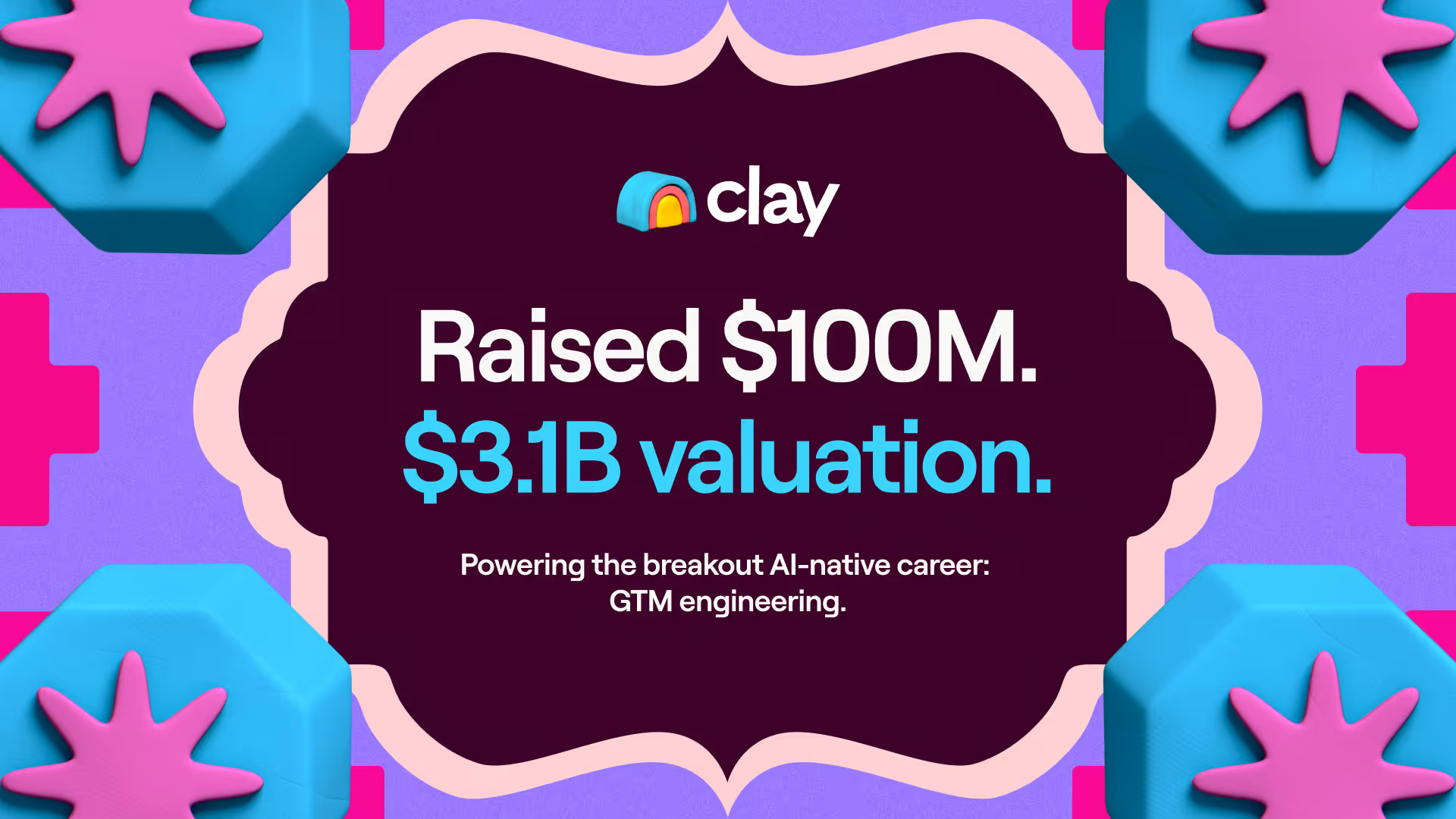




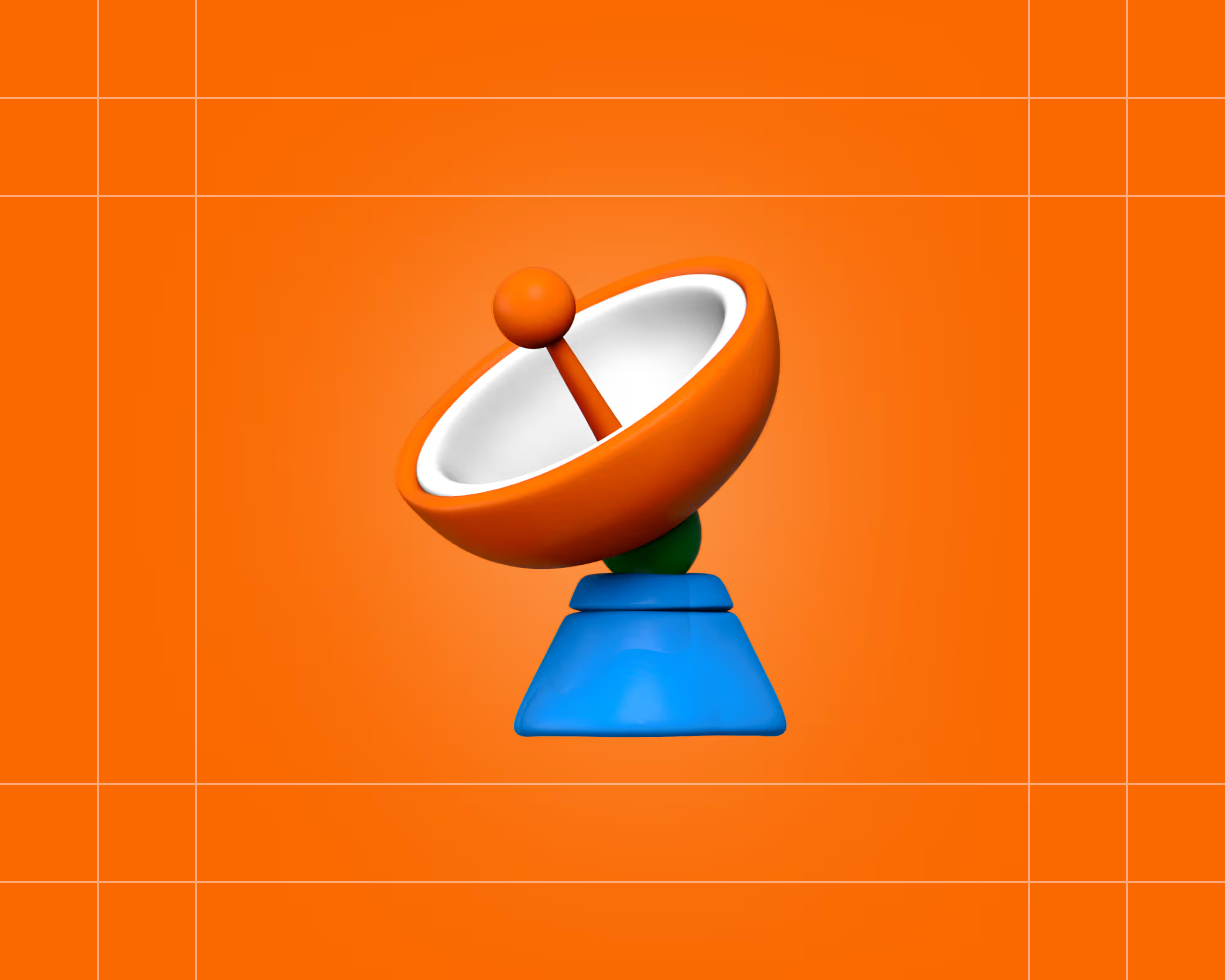


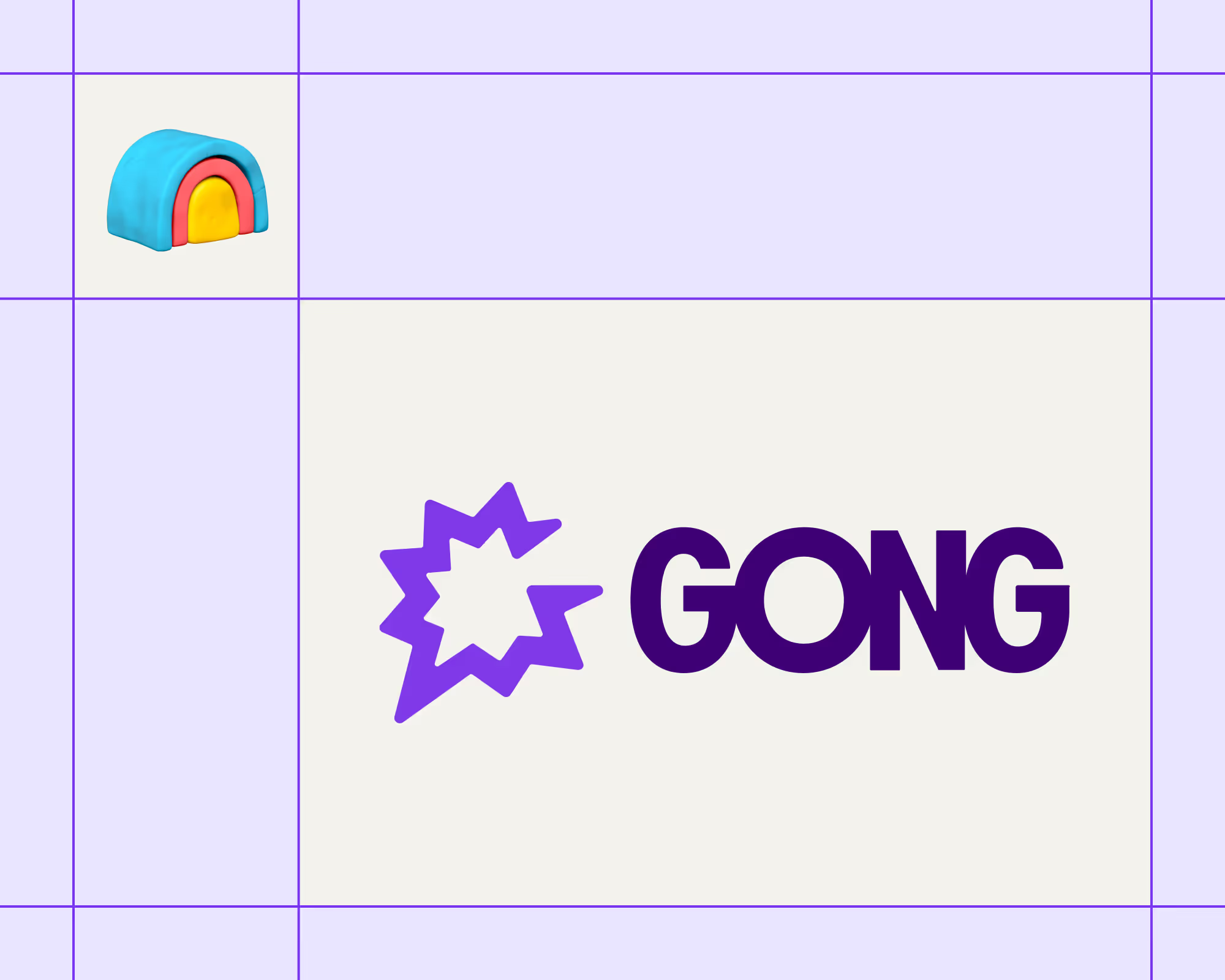

.avif)











.avif)
.avif)





















































